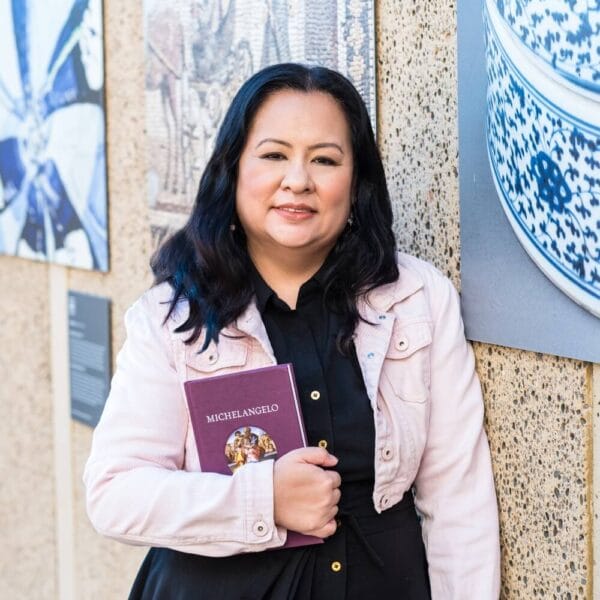
Filtering data means sorting or narrowing down information to focus on what’s most relevant. It’s like sifting through sand to find the gold, you remove what’s unnecessary so the real insights stand out.
Yep, it can. If you filter too much or use the wrong criteria, you might lose important context or patterns. Over-filtering can make data look cleaner but less accurate, which can lead to the wrong conclusions.
Always start with clear goals, know what you’re trying to learn or measure. Double-check filters, document your process, and compare results before and after filtering. Balance precision with perspective so you don’t miss the bigger story behind the numbers.
“There is a time and a place for things. Sometimes one needs to put a filter on oneself. That can be a good thing.” – Tori Amos
You are what you watch, listen to and do. Watch something sad and you’ll keep getting depressed. Watch something funny and you’ll laugh from how stupid reality can be. Watch something inspiring and you’ll take it to heart.
What may be sad for one person may actually be funny for someone else. What may be normal for one person may actually be quite odd for another. Why? You are shaped by your experiences. You decide what inspires you.
While the digital age has made it easier to search for advice on any problems, to find media for entertainment and to download applications to simplify daily tasks, the downside is information overload. Too much of anything is bad for you.
Likewise, too much information from multiple sources can become overwhelming.
What is the best strategy to follow when there are so many different resources available?
The answer is filtering. Why? Because the best lesson I’ve learned is to decide what NOT to do and the rest are free for all.
In chemistry, filtration is “used for the separation of solids from fluids (liquids or gases) by interposing a medium through which only the fluid can pass.”
There are also air filters that “removes solid particulates such as dust, pollen, mould, and bacteria from the air” to increase the air quality.
Basically, filtering allows you to separate the “bad” data from the “good” ones.
In software development, filtering is used to “process a stream from standard input which then writes its results to the standard output”.
The inputs come from multiple sources that are combined to form a pipeline using the pipe operator (|).
Thus, the type of filter utilized affects the resulting output.
That is the quality of your filter determines your flow in life and who you eventually become.
For data driven websites that may include 1000+ pages of contents or lists of items to be displayed, loading all of them at once can affect your site’s performance negatively in so many levels.
If the data include images and huge file sizes, won’t it take forever to load 1000+ data? In terms of user interaction, who has the time to look through 1000+ data?
The solution to this dilemma is the use of filtering by categories, conditions, author, date posted or whatever criteria those data fields have in common.
Good examples of UX search: organizing and filtering illustrates how websites use tagging, categorizing and filtering down options.
E-commerce websites like Amazon uses filtering to further lessen the # of results shown to the user and even make it sortable from that filter.
With smaller results, the user makes quicker and more efficient decisions because the filter options removed the ones that do not fit the current criteria(s).
The output display does not have to be in tables or lists only, but can also be maps or multimedia. Anything is possible with a highly sophisticated and well thought out UX design with an extensible filter feature.
From experience, flexible filters are best done with Drupal, which is a CMS platform made purposely for data extensive websites.
When the site architecture and foundation are done correctly, filtration or sanitizing data becomes much simpler to accomplish.
However, if the foundation itself is the problem, you have a much bigger task to worry about first. Why?
How would you know what filter to use if the content architecture is all over the place, has no clear connections and is complicated to maintain?
Strictly speaking, filters are an extra feature for complex websites that can only be built when all the control structures, conditions and types are known.
Without a sturdy foundation, you will more likely end up with a problematic web application that my team would like to avoid as much as possible.
You decide the conditions and types of data for your website since you know your business more than anyone else.
Our objective as designers and developers are to listen to your inputs, but filter out the details that will complicate your website’s architecture and foundation. Why?
From experience and lessons learned in the past, there are some ideas that harmonize each other and some that clash against one another.
Don’t you think life will be much simpler if you can filter out anything irrelevant from your current situation?
“Data is a precious thing and will last longer than the systems themselves.” – Tim Berners-Lee

Frances Naty Go, Founder of Goldlilys Media, transforms websites into strategic masterpieces for museums, nonprofits, health & wellness brands, higher education, life sciences, travel companies, personal brands and small businesses. With a Computer Science degree from UC San Diego, she specializes in creating digital experiences that educate, engage, and inspire action. Ready to make your digital presence unforgettable?






Not ready to commit yet?
I get it.
Get my free guide:
"15 Warning Signs Your Website Is Holding You Back"